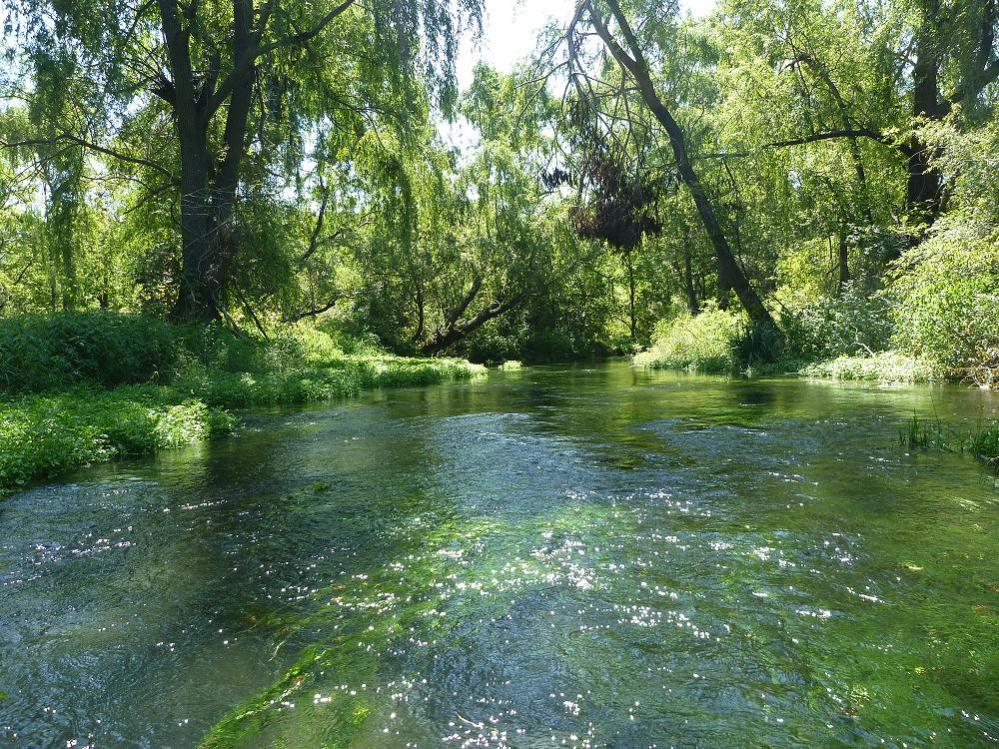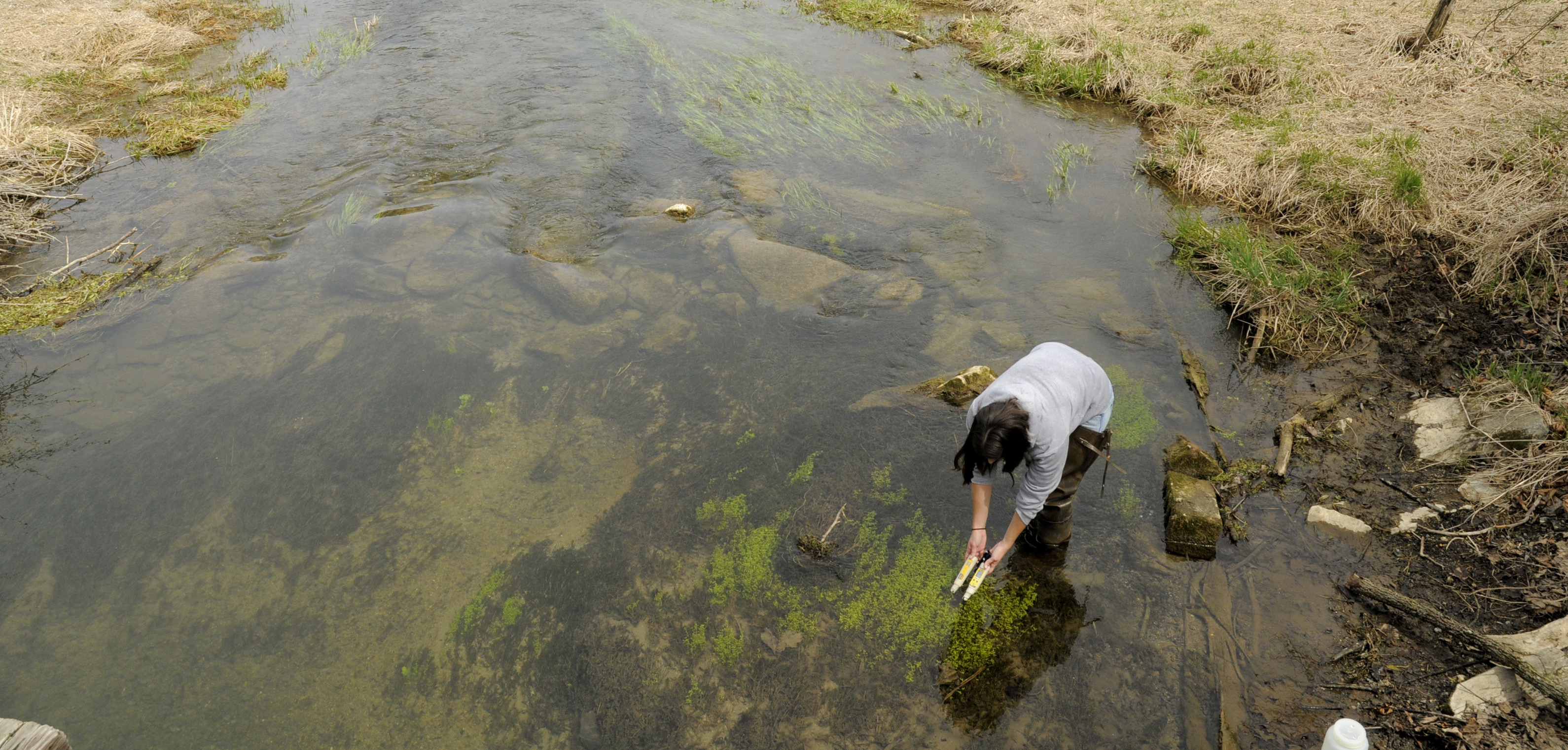Ecology
 The Letort Spring Run is an internationally renowned, wild trout stream that is also designated a Pennsylvania Scenic River. The cold, clean water in this spring-fed stream produces almost 20 times more life per acre than typical streams outside the limestone areas. The profusion of aquatic plants found in the Letort is unique to limestone streams. These aquatic plants support large populations of aquatic insects, such as mayflies and midges, and crustaceans, such as sowbugs and freshwater shrimp. These abundant aquatic organisms, in turn, feed the world-famous Letort brown trout.
The Letort Spring Run is an internationally renowned, wild trout stream that is also designated a Pennsylvania Scenic River. The cold, clean water in this spring-fed stream produces almost 20 times more life per acre than typical streams outside the limestone areas. The profusion of aquatic plants found in the Letort is unique to limestone streams. These aquatic plants support large populations of aquatic insects, such as mayflies and midges, and crustaceans, such as sowbugs and freshwater shrimp. These abundant aquatic organisms, in turn, feed the world-famous Letort brown trout.
The wetlands of the Letort Spring Run serve as buffers between upland areas and the stream. They recharge and discharge groundwater, store floodwater, trap sediment, remove pollutants and anchor the streambanks. They also provide food and cover to support the diverse wildlife seen along the Letort. While enjoying the nature trail, you are likely to observe white-tailed deer, red fox, wild turkey, spring migrating songbirds, geese, ducks, herons and more.
Geology
 The Letort Spring Run watershed lies within the Cumberland Valley of the Valley and Ridge Physiographic Province. Beneath the Valley is limestone, which is susceptible to erosion. Limestone bedrock has the distinction of being one of the few rocks that can be dissolved by water. As rainwater percolates through the soil, it finds cracks in the limestone geology. As the water dissolves the limestone, these cracks enlarge, eventually creating an underground network of channels and passageways, which can hold great quantities of water.
The Letort Spring Run watershed lies within the Cumberland Valley of the Valley and Ridge Physiographic Province. Beneath the Valley is limestone, which is susceptible to erosion. Limestone bedrock has the distinction of being one of the few rocks that can be dissolved by water. As rainwater percolates through the soil, it finds cracks in the limestone geology. As the water dissolves the limestone, these cracks enlarge, eventually creating an underground network of channels and passageways, which can hold great quantities of water.
When these underground channels meet the ground surface, two common features are observed − springs and sinkholes. The daily flow of the Letort Spring Run is almost entirely a product of springs along its course. Sinkholes occur in low places where surface water gathers and dissolves the underlying limestone rock, and the void creates collapses. New sinkholes can form rapidly where human activity concentrates surface flow.